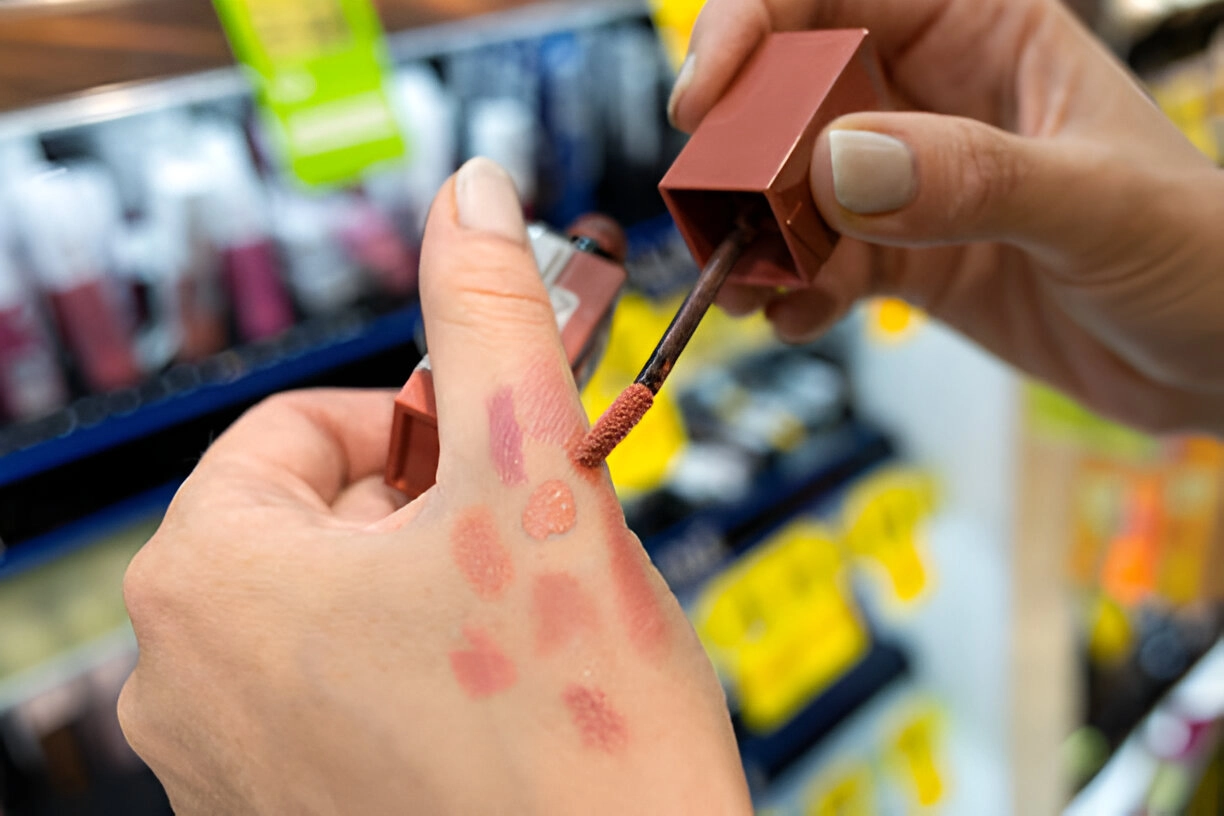Picture this: you’re basking on a tropical beach, the sun warming your skin, and turquoise waves lapping at your feet. But as you slather on sunscreen, have you ever wondered what happens to those chemicals when they wash off? This question has sparked a growing interest in reef-safe sunscreens—products designed with the planet in mind.
If you’re someone who loves the ocean, or simply enjoys guilt-free skincare, this is for you. Let’s break down the what, why, and how of reef-safe sunscreens. By the end, you’ll know exactly why they matter—not just for coral reefs, but for you too.
What Are Reef-Safe Sunscreens?
Reef-safe sunscreens are formulated to protect your skin without introducing harmful chemicals into marine ecosystems. Unlike conventional sunscreens, they steer clear of ingredients like oxybenzone and octinoxate, which studies suggest can harm coral reefs.
Instead, reef-safe sunscreens use minerals like zinc oxide or titanium dioxide. These ingredients create a physical barrier on your skin, reflecting UV rays rather than absorbing them.
Think of it as choosing a kind, thoughtful house guest: they do their job and leave no mess behind.
Why Do Traditional Sunscreens Harm Coral Reefs?
Coral reefs are vibrant underwater ecosystems, but they’re delicate. Chemicals like oxybenzone and octinoxate disrupt coral DNA, stunting growth and even contributing to bleaching events. Bleached coral is like a wilted flower—alive, but struggling to survive.
Here’s a quick look at the culprits:
| Chemical | Impact on Coral |
|---|---|
| Oxybenzone | Causes coral bleaching and DNA damage |
| Octinoxate | Impairs coral growth and reproduction |
| Parabens | Toxic to marine organisms |
| Homosalate & Avobenzone | Potential endocrine disruptors for marine life |
Scientists estimate that around 14,000 tons of sunscreen enter the oceans annually. That’s like pouring a tanker of chemicals onto our reefs every year. A sobering thought, isn’t it?
The Science Behind Reef-Safe Formulations
Reef-safe sunscreens rely on active ingredients that sit on your skin’s surface instead of seeping into it. The stars of this show are:
- Non-Nano Zinc Oxide: Blocks both UVA and UVB rays, making it a broad-spectrum protector.
- Titanium Dioxide: Another mineral-based ingredient known for its sun-blocking abilities.
The term “non-nano” means the particles are large enough not to be ingested by coral and marine life. Imagine trying to feed a tennis ball to a goldfish—it simply doesn’t work.
Where Are Reef-Safe Sunscreens Required?
Around the world, regions are taking steps to protect marine environments from harmful sunscreens. For instance:
- Hawaii was one of the first to ban sunscreens containing oxybenzone and octinoxate, effective 2021.
- Palau has outlawed a longer list of chemicals to safeguard its reefs.
- Mexico’s eco-parks require biodegradable sunscreens, often providing approved options for visitors.
These measures act like a lifeline for coral reefs. While they can’t undo all damage, they’re an essential first step.
What’s in It for You?
Switching to reef-safe sunscreen isn’t just about saving corals—it’s a win for your skin, too. Mineral-based sunscreens are gentle, making them ideal for sensitive skin. They also tend to be free of controversial additives like parabens and phthalates.
If you’ve ever worried about how much of your sunscreen seeps into your bloodstream (yes, it happens!), reef-safe options offer peace of mind. With their physical-blocking mechanism, they stay put on the skin’s surface.
Common Myths About Reef-Safe Sunscreens
Let’s bust some myths while we’re at it:
- “They don’t work as well as regular sunscreens.”
- False. Mineral sunscreens can be just as effective, provided you use them correctly.
- “They’re too expensive.”
- Not necessarily. While some premium brands cost more, there are budget-friendly options.
- “They leave a chalky white cast.”
- Older formulations were guilty of this, but many newer ones blend beautifully.
How to Choose a Reef-Safe Sunscreen
When shopping for reef-safe sunscreen, keep these tips in mind:
- Read the label. Avoid oxybenzone, octinoxate, and parabens.
- Look for “non-nano” particles. This ensures marine safety.
- Broad-spectrum protection is a must. You need coverage against both UVA and UVB rays.
- SPF 30 or higher. It’s the gold standard for most skin types.
Here’s a handy comparison of some top picks:
| Brand | SPF | Key Ingredient | Price Range |
|---|---|---|---|
| Thinksport | 50 | Zinc Oxide | $15-$20 |
| Badger Balm | 30 | Zinc Oxide | $17-$25 |
| Blue Lizard Sensitive | 30 | Zinc Oxide | $12-$18 |
Other Ways to Protect the Ocean
Reef-safe sunscreens are only one piece of the puzzle. Here are other ways you can reduce your impact on marine life:
- Wear UPF clothing to limit sunscreen use.
- Stay in the shade during peak sun hours.
- Use eco-friendly beach products, like biodegradable water bottles and reusable bags.
Small changes add up. By adjusting a few habits, you can be part of the solution.
Conclusion
Caring about reef-safe sunscreen isn’t just for divers or ocean lovers. It’s about taking a simple step that benefits the planet and your skin. Think of it as leaving the beach better than you found it—because every action counts.
Next time you head to the beach, make the switch. Your skin will thank you, and so will the reefs quietly thriving beneath the waves. After all, isn’t it worth it to protect the world’s most colorful underwater gardens?

Marsha Cummings is the founder of Tranquil Glam, a platform dedicated to beauty, wellness, and self-care. With a passion for skincare and massage therapy, Marsha shares expert tips, product reviews, and insights to help readers feel confident and balanced.
Through Tranquil Glam, Marsha inspires others to embrace their natural beauty and discover the power of self-care in everyday life.









